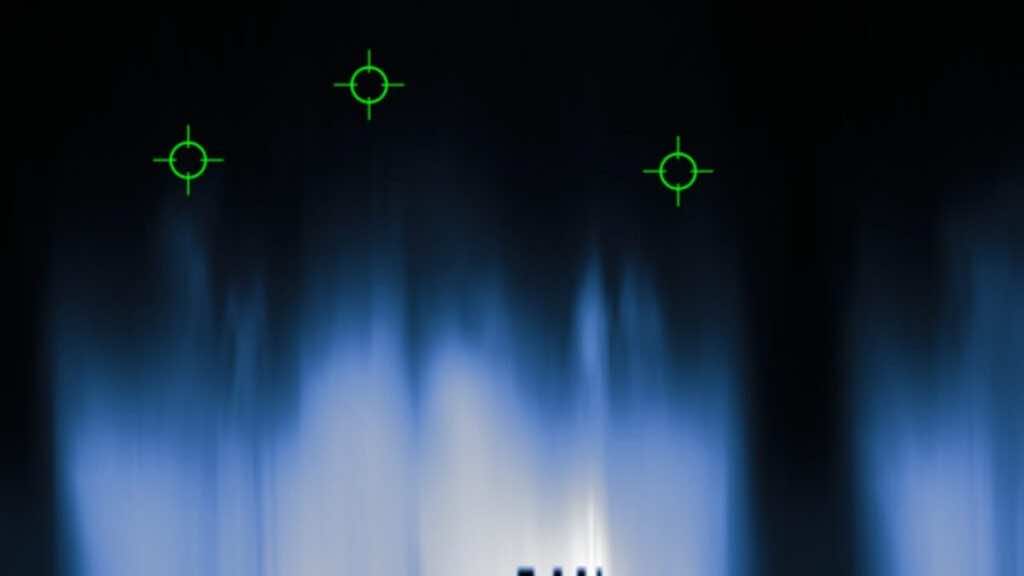Exploring Mars has always remained a topic of great interest for space enthusiasts. Perseverance and curiosity rovers are the results of the steps taken by NASA in the Mars exploration program. The basic aim of these two rovers is to transmit images and crucial data from Mars, including the places that have not been explored by scientists yet. But now even you can participate in the exploration of Mars and assist NASA in gathering insights about the planet. You can now use the “Zooniverse” platform by NASA to explore cloud spotting on Mars for free. You can filter the data for cloud spotting on the website and gather the relevant details, but before this, you will have to take a tutorial on running the program, and then you are good to go.
A long time ago, Mars had dense and thick atmospheric conditions just like the Earth with water flowing through the streams. But as time passed on, the climatic conditions on Mars underwent considerable changes. Its atmosphere becomes extremely thin with little to no sign of Martian clouds. Today, the atmosphere contains only one percent of the thickness of the Earth, having a large proportion of carbon dioxide. There’s hardly any evidence of clouds in the Martian atmosphere. But this recent image that is shown below, which was captured by the Curiosity rover in 2021, depicts a thin layer of clouds that extends up to 30-50 miles (50-80 kilometers) above the surface of Mars.
For this reason, space scientists think that if we started digging into this data to see how the atmospheric conditions on Mars evolved, then we would get to know the details of cloud formation on Mars. Also, we already have about 16 years of data available on the atmospheric conditions of Mars, so that would also be helpful. According to Armin Kleinboehl of the NASA Jet Propulsion Laboratory, “There’s just too much data for the small team at JPL to dig through.” In addition to this, “Mars Climate Sounder” is an instrument that has been integrated with the Mars Reconnaissance Orbit (MRO) and it has been revolving around Mars for two years to collect the data.
In short, you just have to look out for clouds on the website mentioned above. The instrument “Mars Climate Sounder” will do the rest for you. What it basically does is that nine spectral channels will be scanned by it within the range of the visual and infrared spectrum in order to measure temperature, dust, and humidity in the Martian climate. The data obtained from the instrument will be illustrated in the form of a graph in a raw state with altitude on the Y-axis and height on the X-axis. The clouds go above and below the rover as it orbits, which will be depicted in the data in the form of peaks that you can easily identify.
To demonstrate the peak of the cloud, you need to mark that peak in the data corresponding to its altitude, and you are all done. It’s as simple as that, and the most interesting thing is that you don’t even need to sign up for this activity. However, to participate in the discussions on the forum and to contribute to NASA’s research papers, you should get yourself registered on the website.

